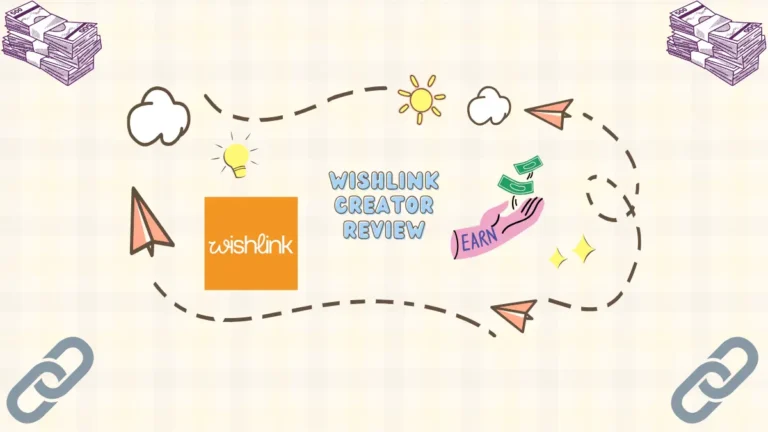Project planning and implementation involve many documents, filings, statements, and forms, but some of them are especially important. One of such documents is a project charter. It defines the goals of the project, embodies its intent, and defines key responsibilities. A project charter also allows a project manager to use company resources for the project. This document establishes the entire project structure so its importance is difficult to overestimate.
If you need to write a project charter, our guide will help you. First, let’s take a closer look at a process management project charter and its key functions.
What Is a Project Charter?
A project charter is a formal document that briefly outlines the entire project, including its stakeholders, ultimate objectives, key milestones, budget, and risks. Therefore, this document provides a general overview of the most important points of the project for project managers, project committees, and stakeholders.
Businesses rely on different activities that may involve multiple departments. To achieve common business goals, departments should work together, and their activities are coordinated by people and computer systems. Such coordinated activities are called business processes, and business process management is aimed to standardize or revise processes to make them more efficient or profitable.
For instance, a business process management project can help a company standardize processes to boost production or decrease costs. No matter what the goals of the project are, a business process management charter explains the purpose of the project and justifies its funding. The project charter defines the scope of the project, assigns responsibilities, and documents issues that must be addressed.
How To Write a Project Charter
- Review the key elements of the project proposal
First of all, you should consider the main elements of the business process management project proposal to determine what you should include in the project charter. The project must be approved by the project review board and sponsors, and they need to consider key information from the project proposal.
For instance, they need such information as the project budget, objectives, and scope. By analyzing such information, decision-makers can measure project resources, activities, and performance, considering them in the context of the approved expected results described in the proposal.
- Explain the objectives and importance of the process
You should describe how the business process will benefit sponsors and explain its importance for general business goals. You should mention the current operational and financial significance of the process that underlies the process management project and explain how it will be standardized.
For example, you may describe how project managers will track order processing, address the main challenges of this process, and outline how this process will be standardized to improve its efficiency. Besides, you should explain how this project reflects the specific strategic goals of the company. You should state objectives precisely because the project charter will serve as the basis for the approval of different project activities.
Of course, writing such a document can be a difficult task. You may know exactly what information you should include but you should also keep your project charter brief and well-written so hiring a professional writer is a good solution.
- Define the scope of the project
Use information from the project proposal to define the scope of the project, and include it in the project charter. The project scope should reflect what team will work on a certain task and set the boundaries of the project, as well as its specific activities and functions. You may mention specific functional areas and describe the requirements for the implementation of your solution. Depending on the process, such requirements may include upgrading computer systems, personnel training, etc. - Mention the key participants
You should identify not only sponsors of the process management project but also team members and managers. Describe all team members’ responsibilities and roles, and describe the stakeholders’ impact on the implementation of the project and its outcome. - Indicate the timeline
You should come up with a clear timeline that will include all the necessary business process management activities. Include the date of the beginning of the project, as well as the start and end dates of particular activities included in your project charter.
Present the project activities as a step-by-step list, and don’t forget to indicate what team is responsible for the completion of each step. Pay particular attention to activities that follow each other. Completing all activities according to the schedule is necessary for the success of the project, and failed deadlines of a particular task will have a negative impact on the general schedule.
- Establish the deliverables
You should clearly indicate the deliverables of the project. This way, you will illustrate the final product of your business process management project. Make your description detailed enough so that your project charter will deliver a full picture of what you’re going to achieve. Briefly describe your deliverables and explain how they will be presented. For instance, you can present software specifications as a text document or a flow chart. - Create a project budget
You need a detailed process management project budget based on the content of your proposal budget. Evaluate both short-term and long-term costs of the project, including operating costs, professional services, and the cost for capital. The information on the project budget is one of the most important parts of the project charter and it is especially important for getting approval from stakeholders and the steering committee.
Final Steps
Once you’ve included all the crucial information, consider additional factors that have an impact on your process management project. For example, you may address some external events that cannot be regulated by the project but can influence its outcomes. Don’t forget to describe possible risks that may impact the timeline, budget, or scope of the project. We recommend that you also mention possible limitations associated with the resources. For example, if the team needs additional training or some resources are limited, you should also mention it in your project charter.
Also read about: How Language Skills Can Help You to Have a Successful Business



